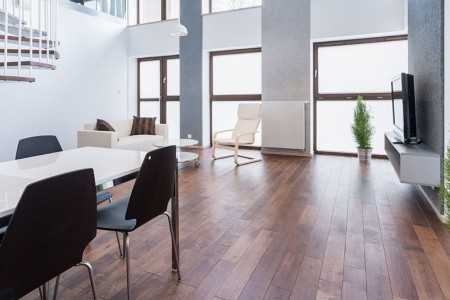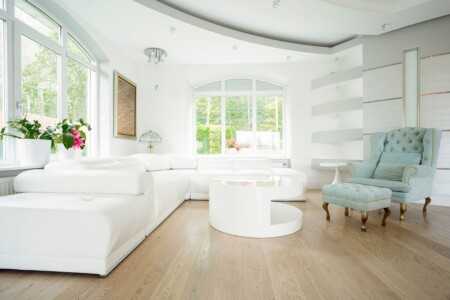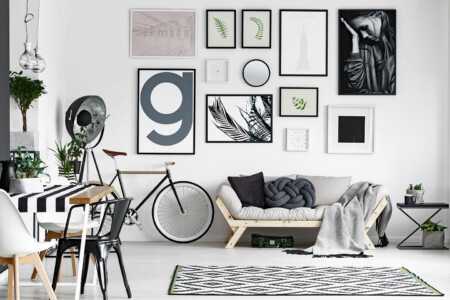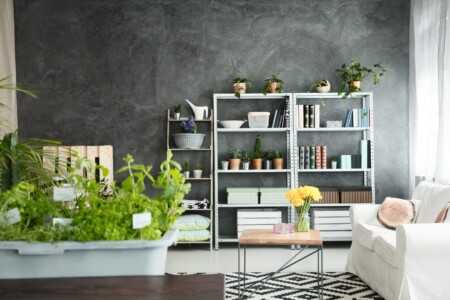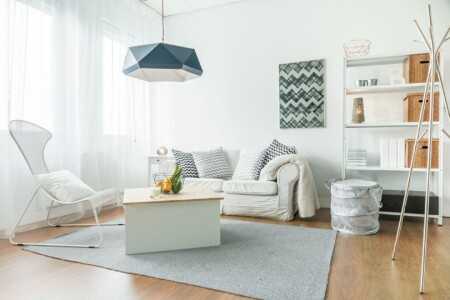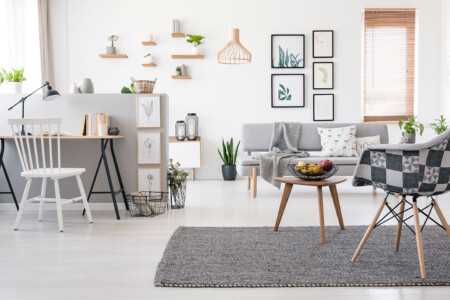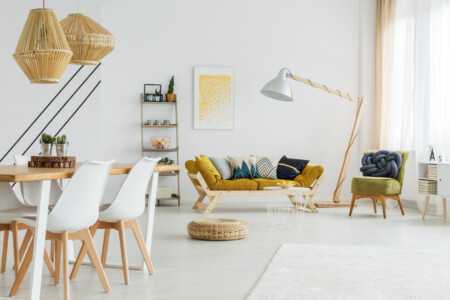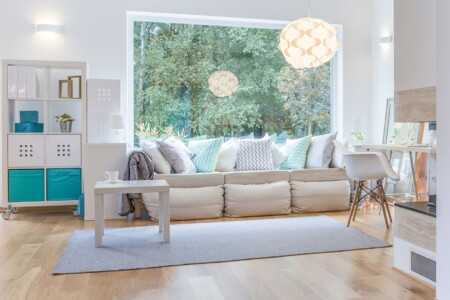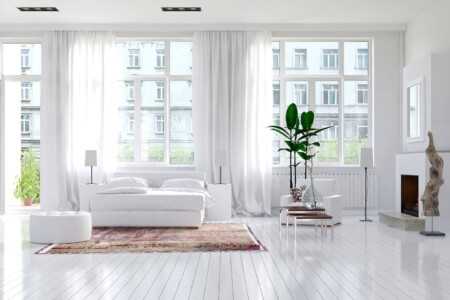Would this 2 persons 1-room studio in Hurghada Mubarak 8 be a good choice for school-age children?

Assessing the suitability of a 2-person 1-room studio in Hurghada Mubarak 8 for school-age children
When considering accommodation for families with school-age children, especially in a bustling area like Hurghada Mubarak 8, it’s important to evaluate multiple factors. A 2-person 1-room studio apartment may initially seem compact, but with careful planning, it could suit specific needs. Still, whether this type of living space is a good choice for families with children depends on several key elements related to comfort, safety, and practicality.
Space and comfort for growing children
One of the main challenges with a 1-room studio intended for two persons is limited space. School-age children need room not just for sleeping but for studying, playing, and personal time. A studio apartment typically combines living, sleeping, and sometimes kitchen areas into a single space. This setup might restrict a child’s ability to have a quiet study corner or a personal area to unwind.
However, if the studio has smart storage solutions and multifunctional furniture, such as foldable beds or desks, this can help maximize the space. Parents should also evaluate if the communal design could support the family’s daily routines without feeling cramped. For children who enjoy privacy or need space for creative activities, a 1-room layout can pose challenges.
Safety and environment considerations
Safety is a top priority when choosing any residence for school-age children. Hurghada Mubarak 8 is a well-known district with diverse residential complexes, many of which emphasize security. You should check if the building has reliable security measures such as 24/7 surveillance, secure entry systems, and friendly neighbors.
Within the studio itself, parents must consider potential hazards in a compact environment. This includes sharp corners on furniture, accessibility to kitchen appliances, and safe electrical outlets. Additionally, the quality of air circulation and natural light contributes significantly to a healthy environment for kids who spend considerable time indoors, especially during homework or rest periods.
Access to educational and recreational facilities
Location plays a vital role in supporting school-age children’s lifestyle. Choosing a studio in Hurghada Mubarak 8 puts you close to various schools, parks, and community centers, which is a definite advantage. Easy access to schools reduces commute times and lowers stress for both kids and parents.
Recreational spaces near the apartment allow children to engage in outdoor play and physical activities, essential for their growth and socialization. When a living space is limited, proximity to playgrounds, sports facilities, and libraries helps compensate by providing alternative venues for learning and fun.
Community and social interaction opportunities
Social development is crucial for school-age kids. Living in a studio might mean fewer opportunities for hosting friends or engaging in indoor social activities. However, the communal nature of the building or neighborhood can offset this limitation. If the residential complex in Hurghada Mubarak 8 encourages community events or has shared spaces like gardens or lounges, it can enrich a child’s social life.
Parents should investigate the type of community surrounding the apartment—friendly neighbors and child-friendly environments are invaluable when children navigate school years. Social ties formed early can boost confidence and emotional well-being.
Financial and practical aspects
Budget often guides housing decisions, and studio apartments are generally more affordable than larger units. For families prioritizing cost-effectiveness while living in a central or desirable location like Mubarak 8, a 2-person 1-room studio might be an attractive option.
Additionally, upkeep and utility costs in a smaller space tend to be lower, making it a practical choice during periods when only minimal space is needed. However, if a family plans to stay long-term or expand, it’s important to factor in future needs.
Daily living and routine management
Managing day-to-day routines in one room requires organization. School-age children follow structured schedules for schoolwork, meals, sleep, and play. It is essential to create a clear division within the studio despite the limited area. For example, dedicating a corner to studies with proper lighting and a neighborly quiet atmosphere can support educational activities.
Parents should also consider noise levels from neighbors and street traffic in Mubarak 8. Minimizing distractions will help children focus and rest properly. The flexibility to rearrange the space depending on the day’s needs can improve the quality of life in such compact living arrangements.
Is a 2-person 1-room studio in Hurghada Mubarak 8 a good choice for school-age children?
Ultimately, suitability depends on individual family needs and priorities. If you’re seeking affordable, centrally located housing and can creatively manage and optimize space, a studio can work. It requires thoughtful design, safety checks, and encouraging a healthy lifestyle through access to schools and recreational areas nearby.
For families valuing space, privacy, and a clearly defined living area, a studio might feel restrictive. Still, leveraging nearby community resources in Mubarak 8 can provide children with opportunities to grow and thrive outside the apartment.
Before making a decision, visiting the apartment, consulting with current residents, and evaluating how your family’s daily routines would fit into a 1-room studio will give you the best perspective.
Practical tips for creating a child-friendly environment in compact living spaces
Maximizing space with smart furniture choices
When living in a compact area, such as a 1-room studio, every piece of furniture counts—especially when you have school-age children. Opt for multi-functional furniture that saves space and offers practical use. For example, a bed with built-in drawers underneath provides storage for clothes or toys without cluttering the room. Folding desks or wall-mounted tables can serve as study areas during the day and fold away when not in use.
Choosing furniture that adapts to your children’s changing needs is important. Convertible beds, adjustable chairs, and flexible shelving units allow the space to grow with them, adding longevity to your purchases while maintaining your room’s openness.
Creating defined zones within a single room
Even if you don’t have the luxury of separate rooms, it’s crucial to establish clear zones for sleeping, studying, playing, and relaxing. Defining areas helps children understand boundaries and routines, which can be challenging in small spaces.
You can use rugs, room dividers, or even bookshelves turned sideways to create a sense of separation. For instance, placing a low shelf between the sleeping area and study corner can help reduce distractions and improve focus during homework time. A colorful rug in the play area signals, “this is where the fun happens,” helping kids switch mindsets naturally.
Optimizing storage for toys and school supplies
Clutter can quickly become overwhelming in compact living conditions. To maintain a child-friendly environment, invest in creative storage solutions that both you and your children can easily use. Clear plastic bins, labeled boxes, and vertical shelving keep items organized and accessible without taking up floor space.
Teach your children the importance of tidying up after play or study sessions. everyday clean-up routines into their schedule helps maintain order and reduces stress for everyone. Using colorful bins or storage with their favorite themes turns organization into a fun activity.
Lighting and ventilation for a healthy atmosphere
A well-lit and well-ventilated room is essential for children’s comfort and focus, especially in school-age years where reading and online learning play a significant role. Maximize natural light by choosing light-colored curtains or blinds that you can easily adjust throughout the day. This not only brightens the small space but also boosts mood and concentration.
In addition to natural light, add task lighting near study areas to reduce eye strain. Adjustable desk lamps or clip-on lights are great options. Proper ventilation helps keep the air fresh and reduces the buildup of humidity or dust, which can impact children’s health. If windows are limited, consider portable air purifiers or fans.
Choosing safe and durable materials
When creating a child-friendly environment, safety cannot be overlooked. In compact spaces where movement is limited, sharp corners, unsecured heavy items, or fragile decorations pose risks. Opt for rounded furniture edges and secure shelves to walls to prevent tipping.
Durability is equally important—materials that resist stains and scratches will save time and money. Easy-to-clean surfaces like laminated wood or washable fabrics help keep the space hygienic, which is essential given children’s active lifestyles.
Encouraging creativity and learning through design
A compact living space can still nurture creativity and learning when thoughtfully arranged. Allocate a small corner for arts and crafts or display a chalkboard or whiteboard on the wall for doodling and practicing schoolwork. Rotating educational toys or books keeps the environment stimulating without overwhelming the room.
Involving children in decorating their space fosters a sense of ownership and pride. Choose colors and themes that inspire positivity and motivation. You might paint one wall in a soft pastel or hang posters of their favorite subjects or characters.
Maintaining flexibility for changing needs
School-age children grow quickly, and their needs evolve. A space that can transform quickly will serve your family better in the long run. Keep the layout adaptable so furniture can be rearranged, and storage areas can shift from holding toys to books or hobbies.
For example, using modular furniture allows you to add or remove components easily. Rolling carts or bins can be moved around for different activities during the day, giving children freedom and flexibility in how they use their compact home.
Fostering a positive atmosphere in smaller spaces
Remember that creating a child-friendly environment goes beyond physical setup. Encourage open communication and positive routines that make your child feel safe and happy. Utilize soft colors, comfortable textiles, and personal touches that reflect your child’s personality. Small decorations, photos, or cherished items can make even a tiny room feel like a big, welcoming space.
Compact living with school-age children presents challenges but also opportunities to develop smart, creative solutions that promote comfort, safety, and growth. By investing time into thoughtful furniture choices, zone creation, storage, lighting, and flexibility, you can create a nurturing environment where your kids thrive academically and emotionally, even in limited space.
Summary of key points
Choosing a 2-person 1-room studio in Hurghada Mubarak 8 for school-age children involves careful consideration of space limitations and lifestyle needs. While the compact size presents challenges, it can still work with thoughtful planning. Maximizing every corner for storage and ensuring safe, designated areas for study and play can make the studio comfortable and functional for children. Using multi-purpose furniture and maintaining a clutter-free environment helps create a sense of openness and calm.
Focusing on a child-friendly setup is key. Adequate lighting, quiet study zones, and easy access to learning materials support your child’s educational growth even in limited space. Additionally, encouraging routines and using vertical space for organization can greatly improve daily life. Remember, a smaller home doesn’t have to limit your child’s development when creativity and practicality come into play.
Ultimately, a 2-person 1-room studio in Hurghada Mubarak 8 can be a good choice for school-age children if you prioritize their needs and adapt the environment accordingly. With the right approach, such a living space can be both cozy and conducive to a child’s growth, learning, and well-being. This ensures that you make the most of your investment while providing a nurturing home for your family.

